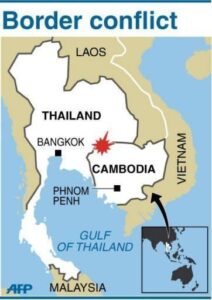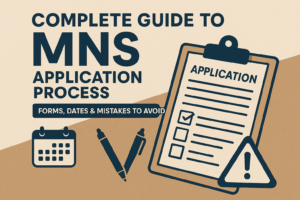Inflation and the Role of RBI: Understanding the Dynamics of India’s Economy
Keywords: Inflation in India, Role of RBI, RBI and inflation control, monetary policy, Reserve Bank of India, inflation targeting, Indian economy
Introduction
Inflation is a critical economic indicator that affects every citizen’s purchasing power and the overall economic health of a country. In India, the Reserve Bank of India (RBI) plays a pivotal role in monitoring and controlling inflation. Through monetary policy tools, the RBI ensures economic stability, growth, and price control.
This article delves into what inflation is, the different types of inflation, and how the RBI combats inflation to maintain a stable economy.
What is Inflation?
Inflation refers to the sustained increase in the general price level of goods and services in an economy over a period of time. When the price level rises, each unit of currency buys fewer goods and services, leading to a decline in purchasing power.
Types of Inflation
Demand-Pull Inflation: Occurs when demand exceeds supply.
Cost-Push Inflation: Caused by rising production costs.
Built-In Inflation: Result of a wage-price spiral.
Hyperinflation: Extremely rapid inflation that can destabilize economies.
Stagflation: A combination of stagnant growth and inflation.
Causes of Inflation in India
Inflation in India can be triggered by a variety of factors:
Rising fuel prices
Supply chain disruptions
Increase in demand post-festive seasons
Monsoon dependency in agriculture
Global economic conditions
Measuring Inflation in India
Inflation is primarily measured using two indices:
Consumer Price Index (CPI) – Measures retail inflation.
Wholesale Price Index (WPI) – Measures inflation at the wholesale level.
The CPI is the most commonly used indicator for inflation targeting by the RBI.
Role of RBI in Controlling Inflation
The Reserve Bank of India is India’s central bank, responsible for managing the country’s monetary policy. One of its core mandates is to maintain price stability while keeping economic growth on track.
1. Inflation Targeting Framework
Since 2016, RBI has adopted a Flexible Inflation Targeting (FIT) framework with a target inflation rate of 4% ± 2%. This is reviewed every five years.
2. Monetary Policy Committee (MPC)
The MPC, set up under the RBI Act, 1934, decides the repo rate and other monetary policies to control inflation. The committee meets bi-monthly.
3. Key Monetary Policy Tools
Repo Rate: The rate at which RBI lends to commercial banks. Increasing it helps curb inflation.
Reverse Repo Rate: The rate at which RBI borrows from banks. A higher rate helps absorb liquidity.
Cash Reserve Ratio (CRR): The portion of deposits that banks must hold with RBI.
Statutory Liquidity Ratio (SLR): The percentage of net demand and time liabilities that banks must maintain in safe instruments.
By adjusting these tools, the RBI controls money supply, interest rates, and ultimately, inflation.
RBI’s Response to Recent Inflation Trends
In recent years, inflation in India has fluctuated due to:
COVID-19 pandemic
Russia-Ukraine war
Supply-side shocks
Global recession fears
The RBI has responded by:
Raising the repo rate multiple times
Implementing open market operations (OMOs)
Enhancing communication and transparency in policy decisions
These steps help anchor inflation expectations and ensure financial market stability.
Challenges Faced by RBI in Controlling Inflation
External factors like oil prices and global commodity markets
Fiscal policies that may not align with monetary goals
Agricultural dependency on monsoon
Lag in policy transmission to the real economy
Despite these challenges, the RBI’s consistent efforts in data-driven decision-making help keep inflation within acceptable limits.
Conclusion
Inflation control is a balancing act between fostering growth and maintaining price stability. The RBI’s role is indispensable in ensuring that inflation does not derail the Indian economy. Through well-calibrated monetary policies, vigilant oversight, and a transparent approach, the Reserve Bank of India continues to navigate complex economic landscapes and safeguard the interests of the common citizen.
Frequently Asked Questions (FAQs)
1. What is the current inflation rate in India?
The inflation rate varies monthly and is tracked using the Consumer Price Index (CPI). You can check the latest data on the official RBI website or from the Ministry of Statistics and Programme Implementation (MoSPI).
2. What is the inflation target set by RBI?
The RBI aims to maintain inflation at 4%, with a tolerance band of ±2%, as per the Flexible Inflation Targeting (FIT) framework.
3. How does increasing the repo rate control inflation?
A higher repo rate makes borrowing more expensive, reducing money circulation and lowering consumer demand, which in turn helps control inflation.
4. What is the role of the Monetary Policy Committee (MPC)?
The MPC is a six-member committee that decides on key interest rates like the repo rate to control inflation and support economic growth.
5. Can RBI control inflation alone?
While the RBI plays a crucial role, fiscal policy coordination, global economic factors, and supply-side management also significantly influence inflation outcomes.






